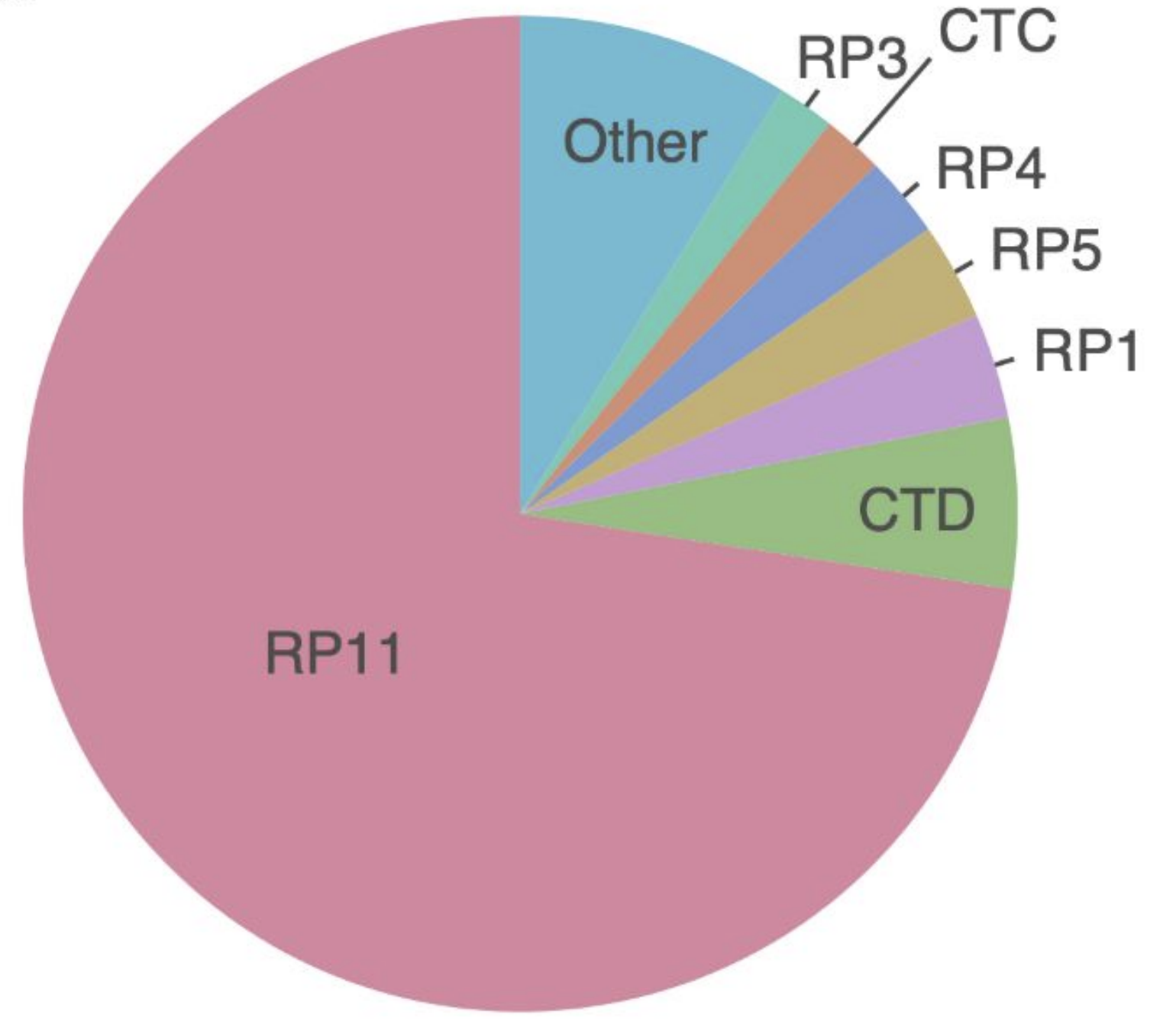2.3 The human reference genome
Having to assemble an entire genome every time you sequence a new individual is a hassle (and often infeasible, if you don’t have enough sequencing data). Instead, we typically align sequencing reads to a reference genome – a high-quality genome assembly for that species, which we use to guide our analysis.
The human reference genome was initially assembled in 2000 by the Human Genome Project, and has undergone decades of refinement since. The current version of this reference, which we’ll be using, is hg38.
Whose DNA was sequenced for the human reference genome?
DNA from multiple individuals was sequenced to construct the reference genome. Its sequence is a mosaic of these individuals’ DNA.
You can classify the ancestry of different parts of hg38 by comparing its sequence to DNA from different populations. From this, we know that around 70% of hg38 comes from one individual, called RP11, who likely had African American ancestry.
